Juxtaposed
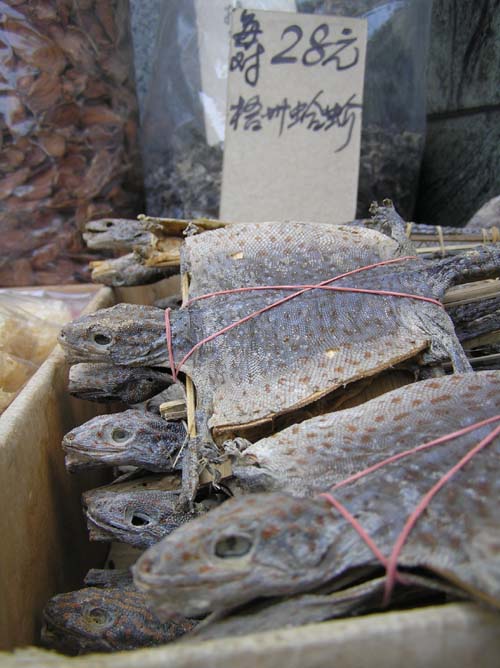
Sparkling office towers scrape the sky, amidst run down tenements and open-air markets. Creaky old trolleys jockey with German and British sports cars for position, while hoards of giant double-decker buses ply the crowded roads. Modern glass and steel reflect ancient Chinese customs in their sharply angled facades.
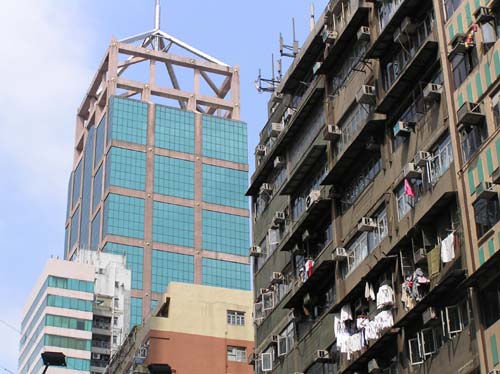
The urban landscape is dotted with palm-lined parks, and surrounded by steep peaks dripping with tropical foliage. Butterflies, birds, dragonflies, and turtles bask in the sun, while blocks away, traditional Chinese markets sell exotic insects and animal parts as aphrodisiacs, medicine, and food.
We set out today to explore two vibrant neighborhoods on opposite ends of the spectrum: Central is the high finance and business district, while Shueng Wan is a little bit of old Shanghai. We started in Shueng Wan, and walked through streets lined with herbal and exotic medicine shops, bird nest soup markets, and antique and curio stores. Although Shueng Wan is an old-style Cantonese neighborhood, the fingers of juxtaposition reach here as well, as global chain stores are starting to squeeze out the traditional.
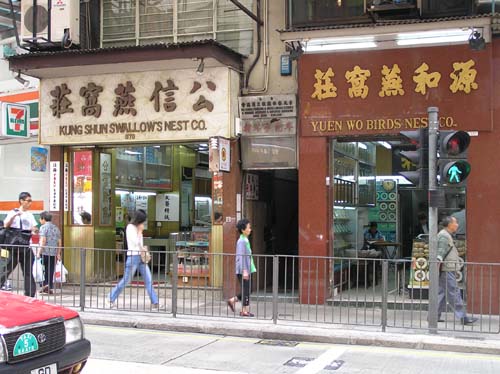
After exploring the open-air markets of Cat Street in Shueng Wan we walked east to the glimmering towers of Central. The opposite of Shueng Wan, Central is all about image. This is the land of consumerism, high fashion, and modern architecture. Yet within the concrete jungle exist several tropical sanctuaries, including the oddly fascinating and surprisingly beautiful Hong Kong Park.
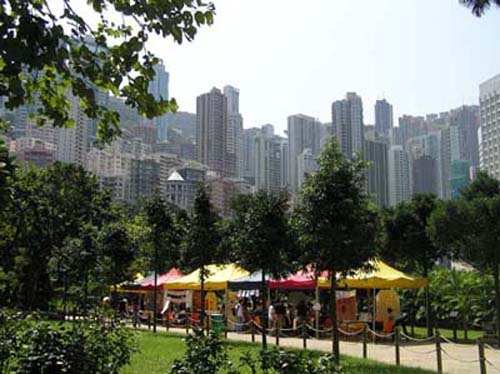
Although not always positive, this juxtaposition may have its place. Although it is unfortunate to have a Starbucks and an Outback Steakhouse across the street from our guesthouse in HK, diversity is always good. The racial, economic, and cultural mix in HK has allowed it to survive, despite centuries of political instability and uncertainty. As a capitalist Lilliputian at the foot of a communist giant, HK has managed to thrive, and it has been a refuge for millions in the process. Diversity and juxtaposition have been an important part of that, and despite the cultural erosion caused by the influx of foreign influences, the union of different stimuli seems to be crucial to the continued success of HK.
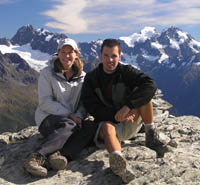
Great story and pictures. Don't forget to bring me back a lizard on a stick. - Nutmeg ;)
Meryl says: I love the pictures, but most of all the commentary. You've got it all - doctor, lawyer, writer. Have fun, be safe. Love you guys.
Post a Comment
<< Home